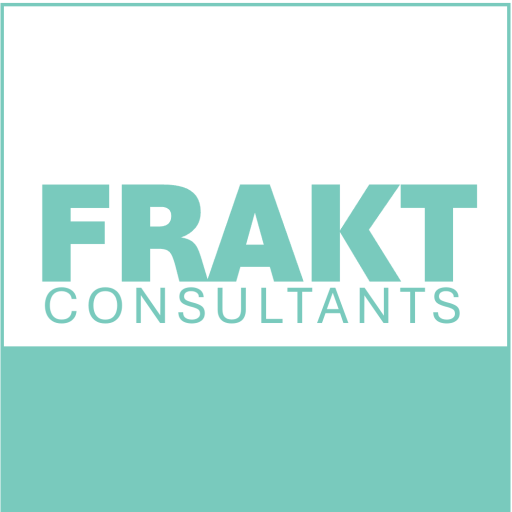Airbus Helicopters UK (AHUK) operates within a highly competitive aerospace sector, providing advanced helicopter solutions. As a division of the Airbus Group, AHUK is committed to innovation and excellence. The company faced pressing challenges in aligning its HR function with strategic business goals, particularly following the appointment of a new Managing Director (MD). The MD recognised the need for a transformation to support the ambitious target of doubling revenue to £2 billion by 2028, a strategic initiative dubbed “Operation 2X28.”
Prior to the transformation, the HR function at AHUK was perceived as reactive rather than proactive. There were significant gaps in communication and collaboration between departments, leading to a lack of strategic alignment. The MD inherited a complex organisational culture that required immediate attention to foster collaboration, enhance employee engagement, and streamline processes. Existing HR practices were not adequately supporting the company’s growth aspirations, necessitating a comprehensive overhaul.
The specific goals of Operation 2X28 included:
- Revenue Doubling: Achieve a 2x increase in revenue by 2028.
- HR Transformation: Shift the HR function from a support role to a strategic partner in driving organisational success.
- Cultural Alignment: Foster a collaborative culture that encourages open communication and teamwork across all departments.
- Data-Driven Insights: Leverage data analytics to inform decision-making and improve organisational responsiveness to market changes.
The transformation process involved a significant investment of time and resources over six months, characterised by an on-site intensive engagement. This included:
- Stakeholder Engagement: Regular meetings with the MD and Heads of Departments (HODs) to ensure alignment on objectives and gather insights on departmental challenges.
- Discovery Research: Comprehensive research into HR, Finance, and Quality, including qualitative interviews and quantitative surveys to identify pain points and opportunities for improvement.
- Interdepartmental Dialogue: Establishing communication channels between departments to facilitate collaboration and problem-solving.
- Reporting Framework: Developing a structured reporting template to track progress and provide transparency on departmental performance.
- Challenge Identification: Conducting workshops to identify the top three challenges in each department, focusing on cultural and operational barriers.
- Actionable Plans: Crafting detailed action plans for each identified challenge, outlining specific steps and responsible parties.
- Monitoring and Oversight: Implementing a system for monitoring the execution of action plans and providing regular updates to stakeholders.
- Final Reporting: Compiling a comprehensive report that summarised findings, corrective actions taken, and recommendations for future initiatives.
To ensure the sustainability of the transformation, the following recommendations were made:
- Regular Assessments: Conduct ongoing evaluations of the HR function to measure progress and identify new challenges.
- Training and Development: Implement continuous professional development programmes to equip staff with the skills necessary to adapt to evolving business needs.
- Feedback Mechanisms: Establish formal feedback channels for employees to voice concerns and suggestions, fostering a culture of openness and continuous improvement.
- Strategic Planning: Integrate HR strategies with broader business objectives, ensuring that all initiatives support the overarching goal of revenue growth.
The transformation yielded several key outcomes:
- Enhanced HR Function: The HR function evolved into a strategic partner, contributing to business decisions and organisational strategy.
- Improved Collaboration: Increased interdepartmental collaboration led to more efficient processes and quicker problem resolution.
- Employee Engagement: Surveys indicated a significant rise in employee satisfaction, reflecting improved communication and support from HR.
- Alignment with Business Goals: HR initiatives became closely aligned with the company’s revenue objectives, facilitating better market responsiveness.
By the conclusion of Operation 2X28, AHUK had established a robust framework for ongoing internal management. The HR function was now equipped with the necessary tools and processes to support the organisation’s strategic ambitions. The groundwork laid during the project positioned HR as a critical player in achieving the company’s revenue targets, ensuring that the department could adapt to future challenges.
The MD expressed his satisfaction with the results of the transformation, stating:
“We had [one of the big 4] come in for 6 months, disrupt all the staff, and then deliver a 600-page report telling us all the problems that we have. I didn’t want that. I know what the problems are. I just needed someone to sort it for me.”
This feedback highlighted the effectiveness of the tailored approach taken during the transformation, which focused on practical solutions rather than theoretical assessments.
The transformation aimed to align the HR function with AHUK’s broader organisational goals, particularly the ambitious target of doubling revenue. By leveraging data analytics, the HR team was able to provide insights into consumer behaviours and market trends, which were essential for informed decision-making. This alignment was crucial for the successful implementation of strategies that would lead to increased efficiency, enhanced market relevance, and ultimately, the achievement of the company’s revenue objectives.
